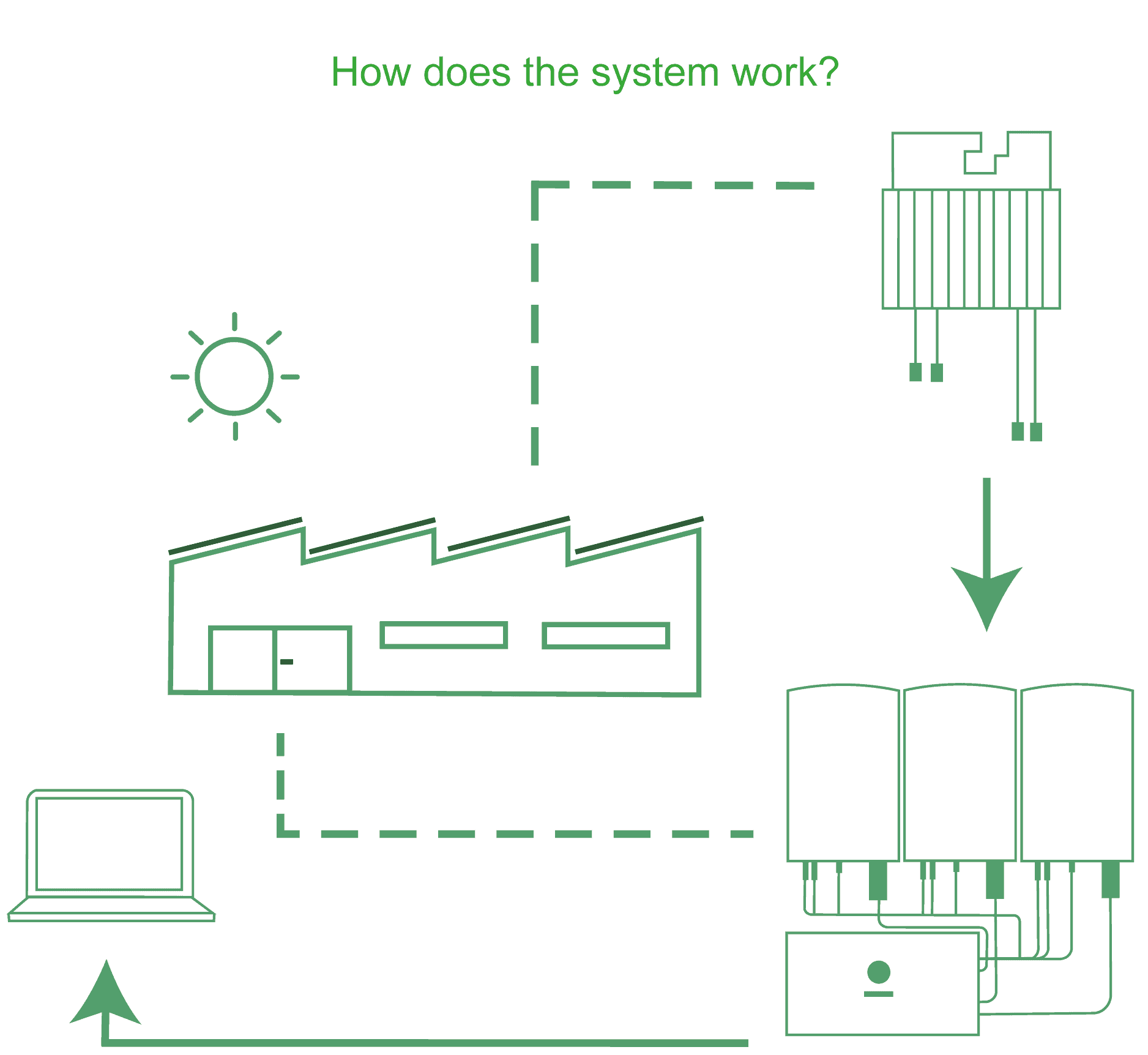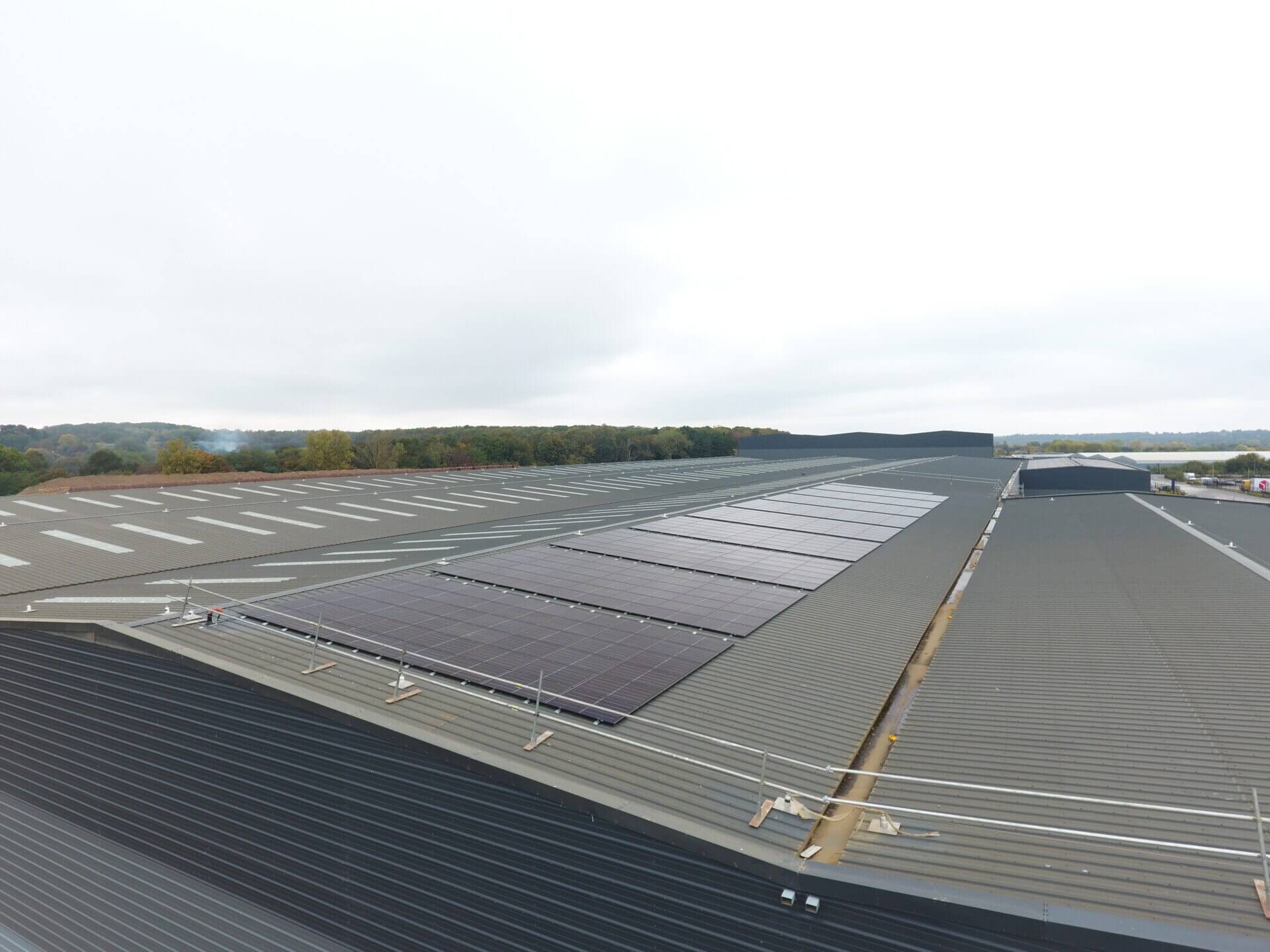With the ongoing technical advancement of renewable energy, solar panels take the lead in the journey toward sustainability. According to DNV by 2050 it is predicted that we will see a 13-fold growth, representing 54% of global generation capacity but only accounting for 39% of on-grid electricity due to low-capacity factors. Therefore, it is inevitable that the role of optimisers for solar panel systems has gained heightened significance for unlocking the complete potential of sunlight.
A notable advancement in this field is the optimiser, a solution that improves the efficiency and performance of a solar panel installation. This article will go into the essential features, advantages, and installation considerations of optimisers, providing insights into why they are becoming a fundamental component of contemporary solar energy systems.
Understanding Optimisers
Understanding optimisers is crucial in the context of solar energy systems. Optimisers play a pivotal role in maximising the performance and efficiency of solar panels by addressing various challenges that can hinder their output.
These devices are designed to mitigate issues like shading, module mismatch, and voltage variations across the solar array. By individually optimising the power output of each panel, optimisers ensure that the entire system operates at its highest potential, even in less-than-ideal conditions. This nuanced understanding of optimisers is essential for those involved in the design, installation, and maintenance of solar energy systems, as it empowers them to make informed decisions and unlock their full capabilities even in challenging conditions.

Key Features of Optimisers
Module-Level Monitoring:
Optimisers offer module-level monitoring capabilities, providing real-time data on the performance of each solar panel in the system. This granular level of insight enables users to identify and address issues promptly, ensuring the entire system operates optimally.
Shade Mitigation:
One of the primary advantages of optimisers is their ability to minimise the impact of shading. By optimising each module individually, these devices ensure that even partially shaded panels contribute to the overall energy production, preventing a significant loss in efficiency.
Increased Energy Yield:
Optimisers enhance the energy yield of solar panel systems by allowing panels to operate at their maximum capacity. This results in higher overall energy production, making solar installations more cost-effective and attractive for commercial warehouses and factories.
Compatibility with Various Inverters:
Optimisers are designed to be compatible with a wide range of inverters, offering flexibility in system design and integration. This compatibility makes them a versatile solution for both new installations and retrofitting existing solar panel string systems.
Benefits of Optimisers
The adoption of optimisers in solar energy systems brings about a lot of benefits.
By individually optimising the power output of each panel, optimisers ensure that the entire system operates at its maximum potential, even in challenging conditions. This not only enhances energy production but also significantly improves the efficiency of the solar installation.
Enhanced Safety is Built in:
Optimisers facilitate module-level monitoring, enabling automatic alerts on system issues and enhancing the ability to remotely troubleshoot, thereby minimising downtime. Additionally, these devices contribute to safety by preventing potential risks through features like arc fault detection and automatic inverter shutdown. In essence, the incorporation of optimisers proves instrumental in maximising energy yield, improving system reliability, and ensuring the long term success of solar energy initiatives.
Improved System Performance:
Optimisers significantly improve the overall performance of solar panel systems by addressing the limitations imposed by shading, module mismatch, and other factors. This improvement translates into higher energy production and increased return on investment.
Enhanced Safety and Reliability:
With module level monitoring, optimisers contribute to the safety and reliability of solar installations. Any anomalies or issues can be quickly identified and resolved, minimising downtime, and ensuring the longevity of the system.
Optimal System Design:
The flexibility and compatibility of optimisers allow for optimal system design, taking into account the specific requirements and conditions of the installation site. This ensures that solar panels operate at peak efficiency, regardless of the environmental challenges they may face.
Installation Considerations
When it comes to installing solar energy systems, careful consideration of various factors is essential for optimal performance. Site selection is a critical aspect, ensuring that the chosen location receives sufficient sunlight throughout the day. Proper orientation and tilt of solar panels maximise exposure to sunlight and enhance energy capture.
Additionally, assessing potential shading sources and employing shading mitigation strategies, such as the integration of optimisers, is crucial to maintaining system efficiency. Attention to electrical components, wiring, and compatibility with inverters also play a vital role in a successful installation. Ground conditions and local regulations further influence the installation process.
Overall, a thorough examination of environmental, structural, and technical aspects is imperative to ensure the seamless and effective deployment of solar energy systems.
Professional Installation:
While optimisers offer significant benefits, it’s crucial to have them installed by qualified professionals. Proper installation ensures that the optimisers function correctly and integrate seamlessly with the solar panel system.
System Compatibility:
Before incorporating optimisers into a solar panel system, it’s essential to verify compatibility with both the panels and the inverter. This ensures a smooth integration process and optimal performance.
Maintenance and Monitoring:
Regular maintenance and monitoring are key to maximising the benefits of optimisers. Periodic checks and updates which can be done remotely, can help identify and address any issues promptly, ensuring the long-term reliability and efficiency of the solar installation.

Conclusion
Optimisers represent a significant advancement in the field of solar energy technology, offering a solution to common challenges such as shading and module mismatch. By optimising each solar panel individually, these devices contribute to increased energy yield, improved system performance, and enhanced reliability. As the world continues its transition towards sustainable energy sources, optimisers are here to play a crucial role in enhancing the full potential of your solar power panels. Whether you’re considering a new solar panel installation or looking to upgrade an existing system, explore the benefits of including optimisers. They could be the key to maximising your solar investment.
For more information on optimiser solutions for a commercial or industrial setting contact the EcoSolar team to discuss your needs further

